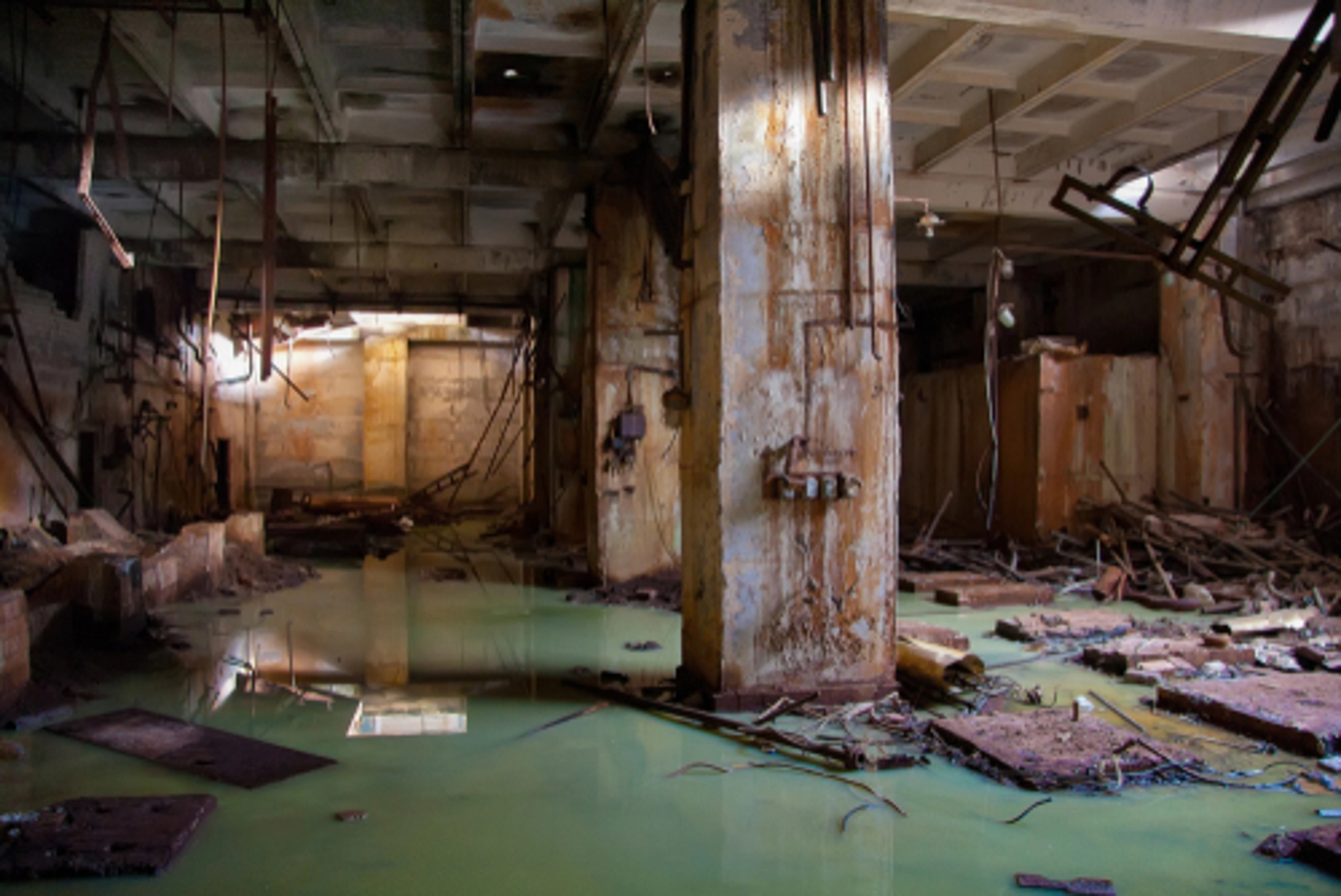
A flooded basement or flooded slab foundation can be devastating, causing severe damage to your property. While you wait for cleanup and restoration professionals to arrive, SERVPRO® offers the following tips to help clean up your flooded basement.
How to Fix a Flooded Basement
Basement flooding can severely damage or ruin your belongings, including precious memories like scrapbooks and yearbooks, and affect your home or business’s foundation. What you do in the first 24 hours after you discover water damage in your basement can be crucial. American Family Insurance suggests you take these steps in the first 24 hours if you find water in your basement:
- Do not step into the water.
- Turn off the electricity. (You might consider contacting an electrician to disconnect your power and make sure there is no risk of electrocution.)
- Remove all items that are wet or waterlogged.
- Start air flow in the area.
- Turn on a dehumidifier.
SERVPRO’s Document Restoration Services
In addition to emergency water extraction and cleanup, SERVPRO also offers document restoration services. This specialized service involves taking damaged documents to our Document Restoration Facility, where a variety of techniques may be employed to restore them to pre-loss condition, including:
- Gamma Irradiation (a process of sterilizing documents exposed to sewage and floodwater)
- Vacuum Freeze (the same method used by the Library of Congress, and approved by the National Archives and Records Administration, or NARA, and the General Services Administration, or GSA)
- Digitization Services (helping to convert your physical photos and hardcopies to digital files)
Does a Flooded Basement Cause Mold?
Water damage and excessive moisture can make you susceptible to mold damage. A natural question after your basement floods is: just how long does it take for mold to grow, if it grows at all?
FEMA states that mold can grow on a damp surface after just 24 to 48 hours. As part of our mold remediation services, SERVPRO professionals are equipped to provide a seven-step mold remediation process to help remediate mold growth in your flooded basement or any other part of your property. These steps include:
- Emergency Contact.
- Inspection and Mold Damage Assessment.
- Mold Containment.
- Air Filtration.
- Removing Mold and Mold-Infested Materials.
- Cleaning.
- Restoration.
Common Flooded Basement FAQs
In a high-stress situation like finding your basement flooded, it is understandable to have questions. We have compiled some of the most common questions and answers below.
Q: How much will it cost to clean my flooded basement?
A: The cost for SERVPRO’s flooded basement cleanup service can vary widely, depending on the severity of the situation. While every job is different, SERVPRO professionals will work with your insurance company throughout the process, handling the necessary paperwork as you work through the claims procedure, to make the experience as stress-free and smooth as possible.
Q: Will SERVPRO clean up black mold in my basement?
A: Excessive moisture can cause mold to grow, and if you find black mold or any kind of mildewy growth in your basement, SERVPRO restoration professionals are equipped to provide mold remediation services. No matter the amount of mold or extent of damage, it is our goal to return your property to pre-loss condition, “Like it never even happened.”
Q: How long will it take to dry my flooded basement?
A: There is no set time (as severity of damage, presence of hazardous materials, contents affected, size of basement, and other factors can affect job progression). However, an average drying situation takes approximately 3-5 days.
Rest assured, SERVPRO technicians will closely monitor drying progress and adjust as needed, to help ensure the area is safely returned to pre-loss condition as quickly as possible.
Q: Is it safe to stay in my home if the basement is flooded?
A: It may not be safe to stay in your home if the basement is flooded, but each situation is different. Ingesting or encountering floodwater may make you sick if it is contaminated. Additionally, standing water can pose an electrocution risk, as electrical outlets and appliances might still be energized.
Q: What are the most common causes of basement flooding?
A: State Farm outlines common causes of flooded basements, including: 1) observable floodwater outside that surrounds your home and/or neighborhood, often after severe weather, 2) outside surface water leaking in, 3) groundwater, which causes hydrostatic pressure, 4) storm sewer water backup, and 5) home or municipal sewer line clogs.
Did you know home piping systems have an average lifespan of 50 to 80 years? If you experience basement flooding but cannot immediately find the source, it might be worthwhile to have your pipes inspected. (PVC pipes, specifically, might need replaced every 25 to 40 years.)
SERVPRO is Here to Help® With Flooded Basement Cleanup
Even if your basement can be safely accessed after a flood, sometimes the damage is too extreme to handle yourself. If your flooded basement is more than you can manage, contact SERVPRO, a leader in flooded basement cleanup companies. In fact, we are the #1 choice in fire and water cleanup and restoration*. Let us handle the entire process, including water removal and drying, as part of our 24-hour emergency services. Established in 1967, we have grown to become a network of 2290 SERVPRO locations in the United States and Canada.
Whether you experience a flooded basement and want professional cleanup, restoration, and construction services to return your property to pre-loss condition, or simply want a routine carpet and upholstery cleaning on a regular basis, SERVPRO is available and always here to help. Beyond flooded basement cleanup, SERVPRO is your one-stop shop for complete water damage restoration, fire damage cleanup, mold remediation (which may be necessary after excessive moisture causes growth), storm damage cleanup, including roof tarping and board-up, and much more.